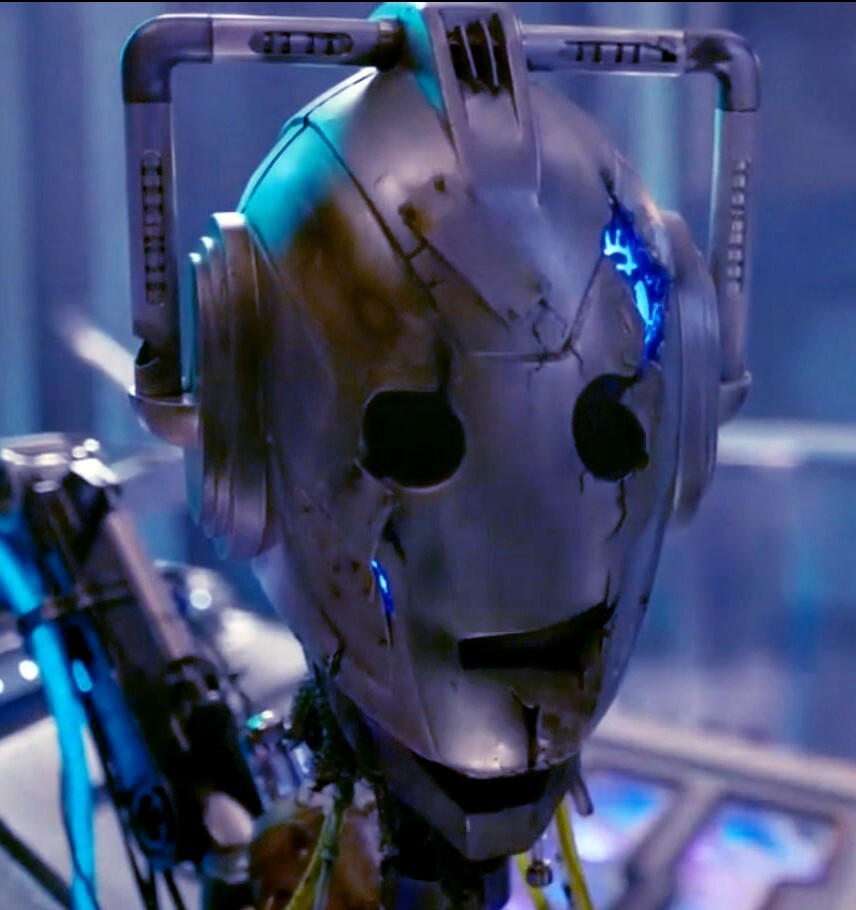My friends kid loves to press the power button on her computer. This looks too tempting. haha

So, let’s see if I understand, the device only destroys the data after it’s connected to a computer.
So an adversary can just not connect it to a computer and extract the data through alternative means (like unsoldering the chip and reading it directly.
The device should be able to destroy itself either from an internal battery or some physical or chemical mechanism.
The P35S needs to be connected to a computer with a USB-C cable, and that button functions as a two-stage sliding switch. Sliding it to the first stage, partially revealing a red warning sign, requires a bit of force. While pushing it to the second stage, which starts the self-destruction, requires even more force.
Once the self-destruction is started it will continue until the drive is blanked and dead, even if it’s disconnected from a computer.
So the drive can’t start wiping itself unless it’s plugged in, but it’ll wipe itself completely even if someone detains you and takes the drive and your computer, as long as you have time to hit the button.
Initially I thought this was silly for the same reasons you did, but consider: if you’re using proper encryption it’s going to be difficult or impossible to decrypt the files on the drive, so the data should be secure even if the drive is stolen, copied, etc.
However, when you’re actively using the drive and have files decrypted, and then you lose physical access to your devices, you have a problem. IIRC that’s how they got Ross Ulbricht’s files - monitored him until he unlocked his laptop in a cafe and then grabbed it (and him). If you’re worried about that specific threat profile it makes a little more sense to have an easily accessible physical DELETE EVERYTHING NOW button that only operates when the drive is running.
The image you posted seems to disagree with you. There is some sort of “Physical Data Destruction” in phase 2. The article says the switch breaks some chips, but I didn’t get much beyond that. In any case, lets hope the delete-when-plugged-in thing is redundant.
My assumption is that it probably uses the same mechanism that most other SSDs already have where it always saves the data with internal encryption and simply overwrites the encryption key when a wipe is requested.
This same mechanism already allows SSDs to be formatted quickly while still being secure without having to zero out everything, which would cause a lot of additional wear.
The additional complete wiping would just be the cherry on top.
kinda like the recompute base encryption hash button in sales guy vs web dude
Help, my cat stepped on the button, how do I recover my data?
To prevent accidental and catastrophic presses, the drive’s self-destruct button is designed with a two-stage sliding switch.
Looks like they prevent that.
CATastropic preesses are prevented? Sounds PURRfect.
I’m not sure I trust myself with that functionality.
Or you could just use an encrypted file system…
If they are willing to torture you for the decryption key, then they are also willing to kill you if you destroy the drive.
Def not true about the justice system, killing you does not do them any good, they just want good prosecution statistics
So it’s a fidget with a slider AND a button?
Two stage slider










